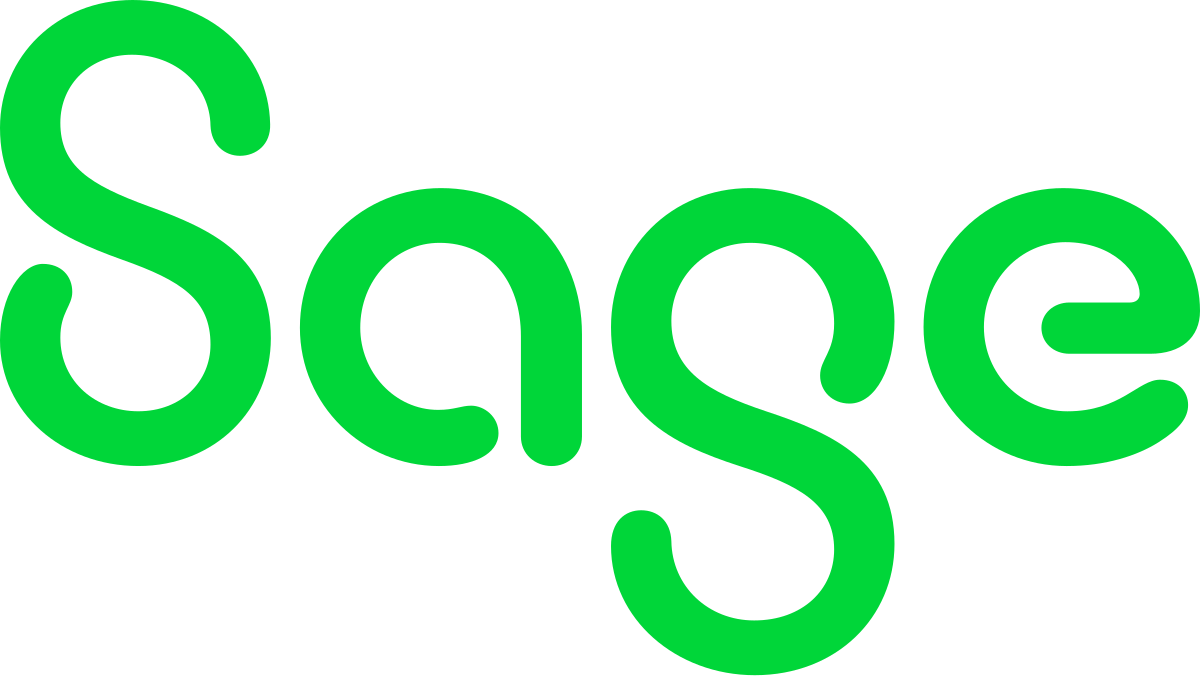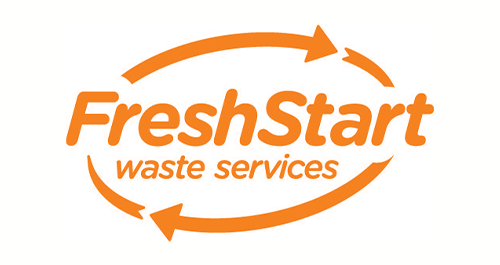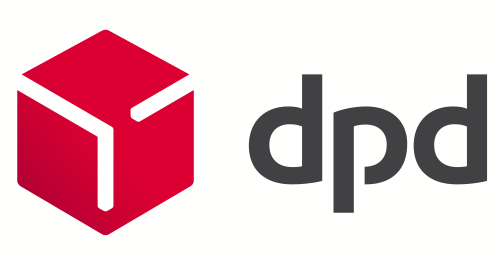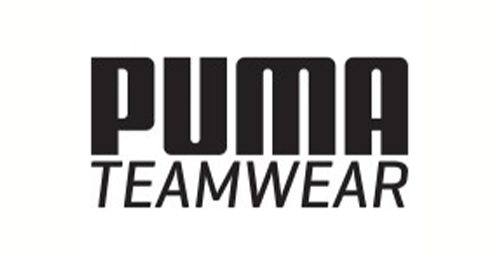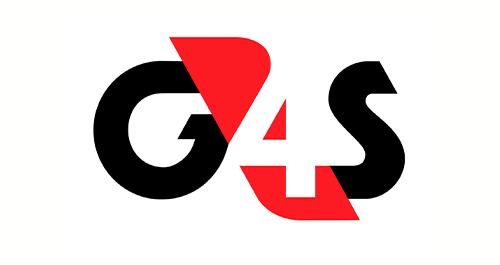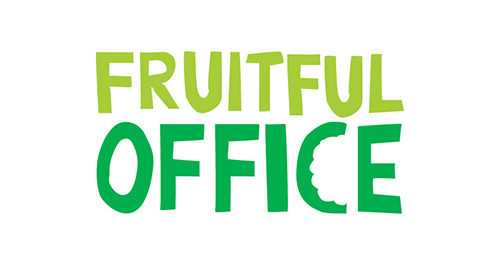I know your type – introducing the latest TypeWatch software
Blog by Andy | Posted on Friday January 27 2017
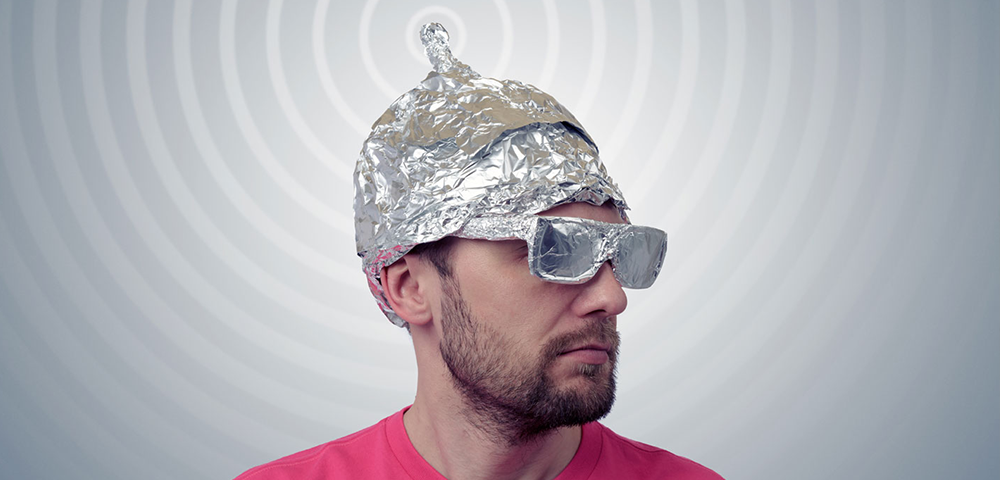
What does what you do say about who you are?
While pondering this post about TypeWATCH, a common quote kept springing to mind:
‘Actions speak louder than words’
I did a bit of research, and there are many quotes along similar lines by writers over the years. It seems the author of the original, though, isn’t known and it’s been in common use for hundreds of years. Maybe that’s because the phrase expresses a widely-held belief: it’s what we do, more than what we say or even the way we appear, that makes us who we are.
Mind you, if the endless stream of selfies on social media are anything to go by, I’m not sure this belief will be widely-held for much longer …
Whatever, grandad
Yes ok, let’s not get into prophecies of the world’s dystopian future. Where was I going with this? Ah yes: biometry. Now, typical biometry measures and captures unique aspects of our appearance or physique like our face, a fingerprint or retina. But this is only one facet of identification.
Turns out there is a ‘fingerprint’ to the way we behave. Marketers use this all the time. When we go shopping, loyalty cards like Nectar or Tesco Clubcard keep a record of our spending habits. What we buy and how much we spend is then analysed. We’re then sent ‘tailored’ offers as companies try to predict what we’re likely to buy in the future. Sometimes they try to deal with us specifically. More often marketers group us with others who have similar traits. We get the same offers as people with the same traits as us. And we’re being watched.
Happy New Year, ya doom-monger
Yes, sorry. I was keeping this light, wasn’t I? Don’t worry – you’re still unique and special. Just not to your supermarket.
Online, the process is even more sophisticated and immediate. Our behaviour is tracked in real time and what we are shown on the websites we visit often has a direct correlation with our browsing history. After the US election I searched Argos for ‘Nuclear bunker survival kit’. Well, who didn’t? I was then offered kits containing tins of spam, reinforced concrete and tinfoil hats in adverts on other sites for weeks.
Doing it again, aren’t I? Everything will be fine. The future’s bright. The future’s orange.
Still more sophisticated are the algorithms used by retailers to make predictions about you based on behaviour data, not just on your vital statistics or things you’ve already asked for.
Target by name …
This process was demonstrated a few years ago to sensational media reaction. US store Target claimed to be able to identify that women are pregnant before they start checking out the first baby clothes or pushchairs. By analysing their customers’ behaviour over time, they identified patterns that formed recognisable traits. Types and quantities of skin lotions, toiletry products and food became tell-tale signs. The analysis could then predict with a reasonable level of confidence that customers who fitted the profile were expecting.
Get out of my head
‘Creepy‘, said the press. Kind of, but what’s happening is not psychic trickery. They’re doing, en masse, what human salespeople have been doing for centuries. They’re noticing behaviour traits and responding to them. We do it all the time when communicating with others, often without being aware of it.
For digital marketing, it all comes down to maths. A little bit of calculation on a huge amount of data, and you present a digital signature of behaviour. Tech journalists love nothing more than discussing how Big Data and Data Mining will affect our lives in the future.
Rise of the machines
This digital signature is identifiable in everything we do. The way we drive, walk, play games, make decisions – and in the way we work. And because it’s identifiable, and quantifiable, we can use such methods to help devices recognise us. ‘What about 2001: A Space Odyssey, Terminator and I, Robot? The machines will destroy us!’ you cry. Now who’s peddling doom? Ok, science fiction has been less than welcoming to the idea, but when considering security and privacy it’s useful to have many layers of identification.
TypeWATCH software for PC security
Enter TypeWATCH : software created from the clever people at Watchful. It works with your PC to learn your patterns of typing. After you install and activate the TypeWATCH software on your computer, it starts analysing the way you type. It needs 10,000 typed characters of use before it has enough data to build a digital profile against which to compare. It’s a bit like the way a handwriting analyst can match the way you form the letter you write. That, combined with the fingerprint reader on a recent smartphone.
Type righter. Or wronger.
The pace, the pauses – even the mistakes you make when typing – all contribute to an identifiable pattern of behaviour. TypeWATCH can then check this pattern to ensure it’s you at the keyboard of your computer.

You can pause TypeWATCH if you’re lending your machine to someone else. Or if you’ve had a few.
It doesn’t stop there. It continues to add to and fine-tune your digital profile all the time, becoming more accurate the more you use your computer. This also adjusts it to allow for changes to your typing (if you become faster or more accurate with your typing, for example). You can set the threshold for matching (might have been wise to adjust this before starting our New Year revelry). You can also set up what your machine will do in the event of a mismatch.
True to type
At Idency, we’ve tested the TypeWATCH software over the last few weeks and we’re impressed with it so far. It’s identified when we’ve tried using each other’s machines, but kept out of the way when using our own.
It’s an excellent extra layer of security. If you leave your machine unattended or your password is compromised, TypeWATCH can step in to make things difficult for a potential maker of mischief by forcing the user to log in again.
Sound interesting?
So, do actions speak louder than words? With behaviour pattern analysis, it is often our actions alone that are being used to define and recognise us. Turns out it was an inspired choice of quote to start with. Now, was the act of choosing it more important than the words it inspired? Now there’s a conundrum …















